This 750km trip stretches from Canada’s only hot desert to the Pacific Ocean, and highlights rare grasslands, alpine meadows, and sparkling coastal waters. As you journey through a series of parks and protected areas, you’ll learn about the efforts being made by First Nations, conservation groups, and concerned citizens to safeguard some of the planet’s last wilderness, and what you can do to help. This trip, like all travels within British Columbia, takes place on Indigenous lands. First Nations Peoples and communities continue to care for the lands and waters that they have stewarded since time immemorial. When First Nations Peoples walked the land, the plants weren’t disturbed. Nothing was harvested or taken without prayer and an offering to give thanks. Animals, plants, lands and waters were greeted and respected as relations, as kin. We invite you to remember these principles as you embark on this trip.

Osoyoos - Syilx Okanagan Territory
Osoyoos is the southernmost town in the Okanagan Valley, and the perfect starting place for a road trip that highlights the unique landscapes and wilderness that make British Columbia a spectacular place to explore.
Osoyoos is nestled in Canada’s only desert, which is home to an incredible diversity of rare and endangered plants and animals. Stop in at the Nk’Mip Desert Cultural Centre to discover the rich culture of the Syilx Peoples and their lands. A trip to the Osoyoos Desert Centre will help you learn about the incredible ecology of the region, and includes walking tours, a beautiful boardwalk through the desert, and a native plant garden. Visit one of Osoyoos’s spectacular beaches to swim in Canada’s warmest lake before settling in at one of the area’s many campgrounds, or at sẁiẁs Provincial Park (Haynes Point).
A coalition of environmentalists, outdoors enthusiasts, and scientists have been calling for protection of the incredible habitat of the South Okanagan and adjoining Similkameen Valley for decades. Now, led by the Okanagan Nation Alliance, Parks Canada, and the BC Government, work is underway to safeguard the region forever by creating the
South Okanagan-Similkameen National Park Reserve
.

E.C. Manning Provincial Park - Sylix Okanagan and Niak’pamux Territory
Heading west from Osoyoos, you’ll find ample opportunities to view the desert and grasslands that this upcoming protected area will shelter. Just 10km outside of Osoyoos is kłlilx’w, a spotted lake that is sacred to the Syilx Peoples. The spotted pools are most visible during the dry summer months, and there is an excellent place for photos just off the highway. Due to the importance of the site, visitors aren’t permitted to travel beyond the viewpoint.
Grasslands are one of the most endangered ecosystems in the world, and BC’s grasslands are no exception. These grasslands are home to more than 200 endangered and threatened species, including North American Badgers, Flammulated Owls, and Lyall’s Mariposa Lily. Protecting this region will safeguard habitat for these plants and animals for generations to come. Alongside the proposed Parks Canada National Park Reserve, the Lower Similkameen Indian Band is also working to establish the Smeqlmix Conservation Areas to further safeguard the lands and waters of their territories.
As you continue west, plan to spend more than one night at E.C. Manning Provincial Park. Located within the heart of the Cascade Mountains, Manning Park is an exceptional outdoor recreation area, with world-class hiking trails, paddling opportunities, and seasonal wildflower meadows. This is also a corridor for BC’s southwest grizzly bear population, which has been designated as extremely at-risk by the International Union for the Conservation of Nature.

Porteau Cove Provincial Park - Skwxwúmesh-ulh Temíx̱w Squamish Territory
Catch your first glimpse of the Pacific Ocean as you make your way west to Átl’ka7tsem/Howe Sound, one of North America’s southernmost fjords and a designated UNESCO Biosphere Reserve.
You might continue north for a side trip along the famed Sea-to-Sky Highway. In Squamish, you can work up a sweat hiking to the top of Siy’ám’ Smánit (the Stawamus Chief) to get an unbeatable view of the region. For a more low-key trip to the top, you can take a ride up the Sea to Sky Gondola. If you head further north to Whistler, make time to hear the stories and voices of the local First Nations at the Skw̲xw̲ú7mesh Lílw̓at Cultural Centre.
Heading back down the coast, stop at Porteau Cove Provincial Park. There’s an entire world of life just waiting to be explored…under the surface! This park features two sunken vessels as well as a series of man made reefs, and scuba divers who are brave enough to test the chilly Pacific waters are in for a real treat. Plumose anemones, sea stars, ling cod, and sculpins are all common at the site.
Farther from shore, the dark depths of Átl’ka7tsem/Howe Sound are home to
BC’s unique glass sponge reefs.
Once thought extinct, living glass sponge reefs have now been found along BC’s coast—but nowhere else in the world! These incredible sponge reefs are made of silica, and they provide critical habitat for marine life including spot prawns, rockfish and sharks. Good progress has been made on protecting these delicate reef systems, but more work is needed to ensure they don’t disappear forever.

Rathtrevor Beach Provincial Park; Snuneymuxw Territory
Relax and take in the spectacular coastal views on the ferry ride from Horseshoe Bay to Nanaimo. Keep your eyes peeled for wildlife. With some luck, you could spot a pod of orcas or Pacific whitesided dolphins.
Back on land, Nanaimo is a good place to replenish your supplies. Don’t miss Strong Nations, an Indigenous-owned gift, book and publishing shop. If you aren’t tired of ferries, you can take a trip out Saysutshun/New Castle Island, a marine provincial park that is accessible only by water. Saysutshun features Snuneymuxw village sites, sandstone quarries and kilometres of hiking and walking trails, and hosts numerous Snuneymuxw celebrations and events through the year.
Once you’ve stocked up and explored a bit, head north to Rathtrevor Beach Provincial Park. This exceptional park is home to some of the best bird watching in Vancouver Island. During the spring months, it’s the perfect place to spot migrating Brant geese. The park also attracts huge flocks of seabirds, including gulls and many species of ducks during the spring herring spawn.
At low tide, the ocean here recedes nearly a kilometre, exposing a massing stretch of sandy beach that is ideal especially for families with young children. When the tide returns, the hot sand warms the water and makes for excellent swimming in the summer months. No stay at Rathtrevor Beach Provincial Park would be complete without a spectacular sunset, so find a comfortable spot as night falls to take in the show.

Botanical Beach, Juan de Fuca Provincial Park; Pacheedaht Territory
After spending a night or two along the Salish Sea on Vancouver Island’s east coast, follow Highway 18 west across the island toward Lake Cowichan. If you’re looking for somewhere to wash the salt off your skin, both Lake Cowichan and the Cowichan River offer excellent swimming opportunities.
During the final stretch of your journey, make sure to keep your eyes peeled for the Harris Creek recreation site, where a short walk down an accessible path takes you to the Harris Creek Sitka Spruce, an 82-metre tall ancient tree towering along the creek bank. Trees like this beauty are becoming more and more rare as forestry continues on Vancouver Island, so tread lightly and follow the signage in place to protect the tree roots.
Juan De Fuca Provincial Park offers multiple campsites, a popular thru-hike and excellent day hike opportunities, and beautiful beaches. You won’t regret spending your time at Botanical Beach, which provides one of the best opportunities to view marine life you can find on Vancouver Island. At low tide, you can explore hundreds or even thousands of tidal pools ranging in size from a dinner plate to a hot tub. Carved out of ancient sandstone, the pools offer a window into the underwater world and the incredible life that thrives in the sea.
Botanical Beach, like all areas within BC’s spectacular network of parks, is protected for future generations. Please do not touch or disturb the marine plants and animals. Take pictures, but nothing more.
Places like BC’s coast, peaks, and forests are protected largely through the work of First Nations communities, scientists, and passionate nature-lovers advocating for wilderness. You can learn more about the people working behind the scenes to protect BC’s land and water by visiting cpawsbc.org














 #GORVINGCANADA
#GORVINGCANADA